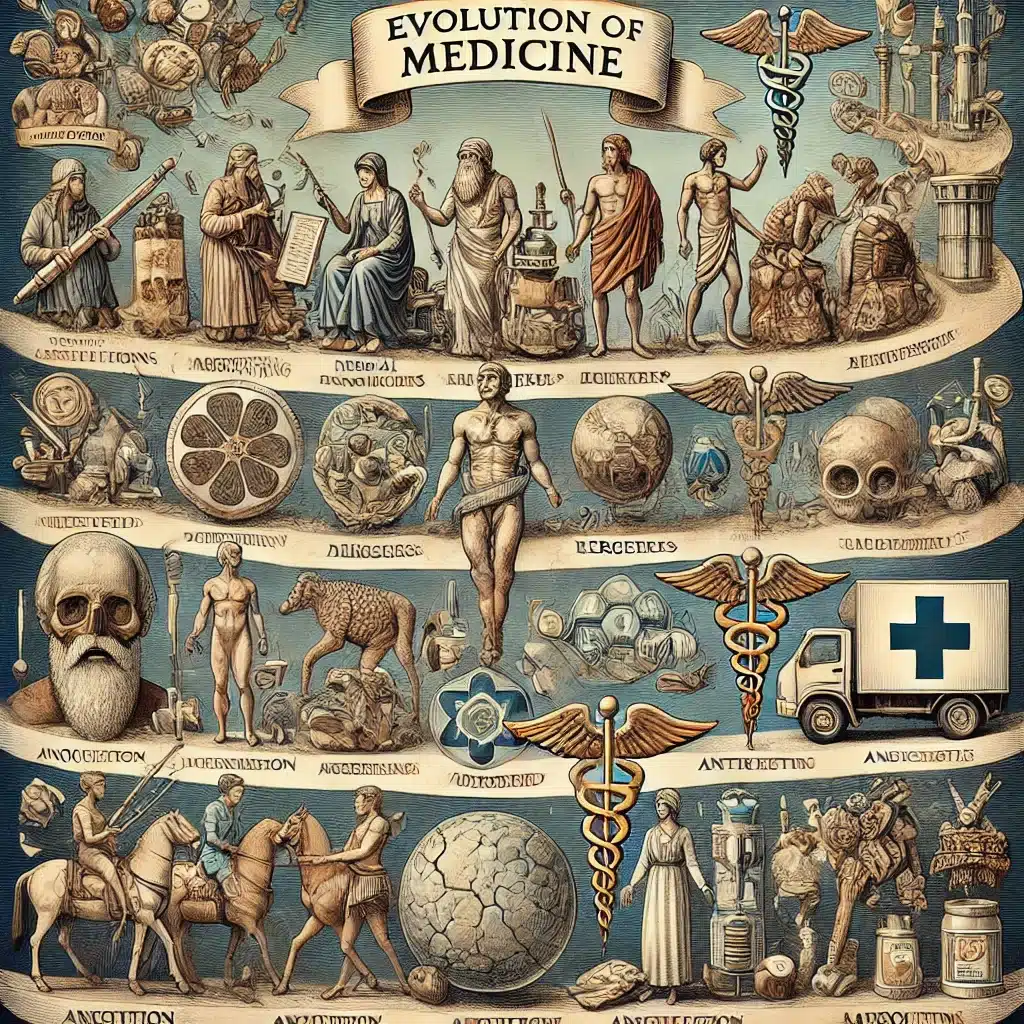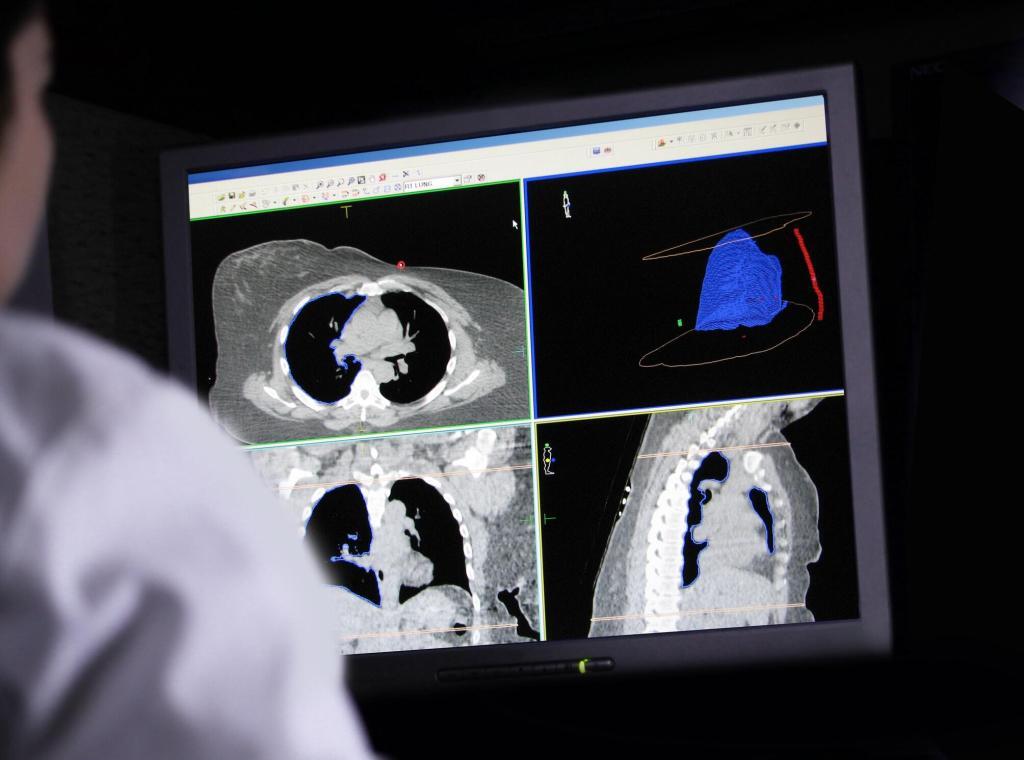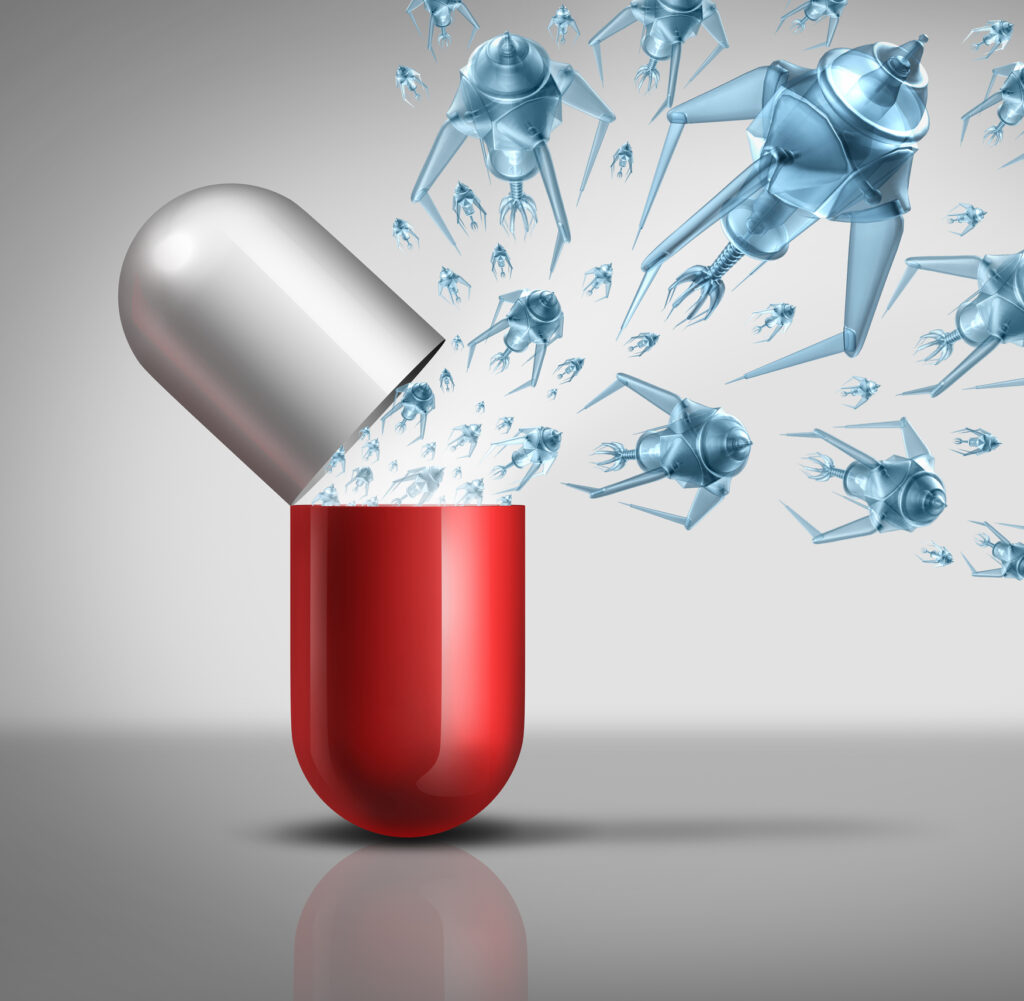Antimicrobial resistance (AMR) has emerged as one of the most significant global health threats of the 21st century. The rise of drug-resistant infections is outpacing the development of new antibiotics, posing a severe risk to modern medicine. This article explores the underlying causes of AMR, the types of drug-resistant infections that are becoming prevalent, the economic and societal impact, and the urgent need for new antibiotics and robust infection control measures. A multi-faceted approach is required to combat AMR, involving improved regulation of antibiotic use, increased investment in research and development, improved hygiene practices, and global collaboration.
Introduction to Antimicrobial resistance (AMR)
Antimicrobial resistance (AMR) is an increasing public health challenge that threatens to reverse decades of medical progress. It occurs when bacteria, viruses, fungi, and parasites evolve and no longer respond to the drugs designed to treat them, rendering common infections more difficult, and sometimes impossible, to cure. The overuse and misuse of antibiotics, combined with a lack of innovation in new drug development, has resulted in the accelerated spread of resistant strains of pathogens. As AMR continues to grow, so too does the risk to global health, economic stability, and healthcare systems worldwide.
This article will explore the factors contributing to the rise of AMR, the most common drug-resistant infections, the current state of antibiotic development, and the infection control measures necessary to curtail the spread of resistant pathogens.
The Rise of Antimicrobial Resistance
AMR is a natural phenomenon that occurs through genetic changes in microorganisms, but human activities have significantly accelerated this process. The primary driver of AMR is the overuse and inappropriate prescribing of antibiotics, especially in outpatient settings and agriculture. According to the World Health Organization (WHO), a large percentage of antibiotics are prescribed unnecessarily, often for viral infections like the common cold, which do not respond to these medications. This misuse increases the likelihood that bacteria will develop resistance to the drugs.
Furthermore, in many parts of the world, antibiotics are available over-the-counter without a prescription, leading to widespread misuse. In agriculture, antibiotics are frequently used to promote growth in livestock, a practice that contributes to the emergence of resistant bacteria in the food chain. Once resistant bacteria develop, they can spread between humans, animals, and the environment, exacerbating the problem globally.
Types of Drug-Resistant Infections
Several infections have become particularly difficult to treat due to antimicrobial resistance. Some of the most common and dangerous include:
- Methicillin-resistant Staphylococcus aureus (MRSA): MRSA is a type of bacteria resistant to several widely used antibiotics, including methicillin, penicillin, and amoxicillin. MRSA infections often occur in hospitals and other healthcare settings, but community-acquired MRSA is on the rise. These infections can cause severe skin and soft tissue infections, bloodstream infections, and pneumonia.
- Multidrug-resistant tuberculosis (MDR-TB): Tuberculosis is caused by the bacterium Mycobacterium tuberculosis, which can be resistant to multiple first-line drugs used to treat the infection. MDR-TB is especially dangerous as it requires longer treatment courses with more toxic and expensive medications. Extensively drug-resistant tuberculosis (XDR-TB) is an even more severe form of resistance, posing a significant global threat.
- Carbapenem-resistant Enterobacteriaceae (CRE): Enterobacteriaceae are a family of bacteria that include Escherichia coli (E. coli) and Klebsiella pneumoniae. These bacteria have developed resistance to carbapenems, which are considered last-resort antibiotics. CRE infections are associated with high mortality rates, particularly in hospitalised patients.
- Vancomycin-resistant Enterococci (VRE): Enterococci are bacteria that commonly live in the human gut without causing harm. However, when they become resistant to vancomycin, one of the last lines of defence, they can cause serious infections, especially in individuals with weakened immune systems.
- Neisseria gonorrhoeae: Gonorrhoea, a sexually transmitted infection caused by N. gonorrhoeae, has developed resistance to nearly all classes of antibiotics used to treat it, including penicillin, tetracycline, and fluoroquinolones. This has led to the rise of multidrug-resistant gonorrhoea, which can lead to severe reproductive health complications if left untreated.
The Societal and Economic Impact of AMR
The rise of AMR has far-reaching consequences that extend beyond the healthcare sector. Drug-resistant infections result in longer hospital stays, higher medical costs, and increased mortality. For example, MRSA infections alone are responsible for thousands of deaths each year. As resistant infections become more difficult to treat, routine surgeries, cancer treatments, and organ transplants will become increasingly risky due to the heightened chance of untreatable post-operative infections.
Economically, AMR threatens to drain healthcare systems and impact productivity across all sectors. According to a report commissioned by the UK government, without urgent action, AMR could lead to 10 million deaths per year by 2050 and could cost the global economy up to $100 trillion. Developing countries, in particular, are at heightened risk, as they often lack the resources needed to effectively manage and prevent resistant infections.
The Stagnation of Antibiotic Development
Despite the growing threat of AMR, the development of new antibiotics has stagnated over the past few decades. Most antibiotics currently in use were discovered between 1940 and 1960, and very few new classes of antibiotics have been developed since then. Pharmaceutical companies have little financial incentive to invest in antibiotic research, as antibiotics are typically prescribed for short-term use, making them less profitable than drugs for chronic conditions.
Moreover, developing new antibiotics is a challenging and time-consuming process. It can take more than a decade and significant financial investment to bring a new drug to market. Even when new antibiotics are approved, bacteria can quickly develop resistance to them, reducing their effectiveness.
In response to this challenge, global initiatives such as the WHO’s Global Action Plan on AMR and the UK’s AMR strategy have called for increased funding for antibiotic research and development. There is also a growing focus on exploring alternative treatments, such as phage therapy, immunotherapies, and anti-virulence therapies, which target the harmful effects of pathogens rather than directly killing them.
Infection Control Measures
While the development of new antibiotics is crucial, controlling the spread of AMR requires a comprehensive approach that includes infection control measures. Hospitals, healthcare facilities, and communities must adopt stringent practices to prevent the transmission of resistant pathogens.
- Hand Hygiene and Sanitisation: Proper hand hygiene is one of the most effective ways to prevent the spread of infections in healthcare settings. Healthcare workers must wash their hands frequently and use alcohol-based sanitisers to reduce the transmission of resistant bacteria. Similarly, high-touch surfaces and medical equipment should be regularly disinfected to reduce the risk of contamination.
- Antibiotic Stewardship Programmes: Antibiotic stewardship refers to the careful and responsible management of antibiotic use. These programmes aim to ensure that antibiotics are only prescribed when absolutely necessary and that the correct dose, duration, and type of antibiotic are selected. This helps to minimise the misuse of antibiotics and reduce the development of resistance.
- Surveillance Systems: Effective surveillance systems are essential for monitoring the spread of resistant infections and tracking the emergence of new resistant strains. By understanding which pathogens are circulating and where they are most prevalent, healthcare systems can respond more effectively to outbreaks and tailor their interventions accordingly.
- Vaccination: Vaccines can play a crucial role in reducing the burden of resistant infections. For example, vaccines that prevent bacterial infections, such as pneumococcal and meningococcal vaccines, can reduce the need for antibiotic use, thereby decreasing the selection pressure for resistance.
- Public Awareness Campaigns: Educating the public about the risks of AMR and the importance of using antibiotics responsibly is another vital component of infection control. Public health campaigns can encourage people to seek appropriate medical advice before using antibiotics and to complete prescribed courses even when they start feeling better.
The Role of Global Collaboration
AMR is a global problem that requires coordinated international action. Pathogens do not respect borders, and resistant infections can easily spread from one country to another through travel and trade. As such, countries must work together to implement strategies for managing AMR, share data on resistance patterns, and ensure that all nations have access to the resources needed to fight resistant infections.
International organisations, such as the WHO, the Food and Agriculture Organization (FAO), and the World Organisation for Animal Health (OIE), are already leading the charge in promoting global cooperation on AMR. However, continued efforts are needed to ensure that countries can implement the policies necessary to prevent and control AMR.
Conclusion
Antimicrobial resistance represents one of the most pressing challenges of modern medicine. The rise of drug-resistant infections is not only a threat to individual health but also to the stability of healthcare systems and economies worldwide. While the development of new antibiotics is critical, it must be accompanied by robust infection control measures, global collaboration, and public education.
The battle against AMR requires a multi-faceted approach involving better regulation of antibiotic use, increased investment in research, and the implementation of effective infection prevention strategies. With coordinated efforts, the global community can slow the spread of resistant infections and preserve the effectiveness of antibiotics for future generations.
Disclaimer
The content of this article, “Tackling Antimicrobial Resistance: Urgent Need for Action”, is provided for informational purposes only and reflects the views of the author(s) at the time of publication. While every effort has been made to ensure the accuracy and relevance of the information presented, Open Medscience does not guarantee its completeness or suitability for any particular purpose.
This article does not constitute medical, clinical, or professional advice, and should not be used as a substitute for consultation with qualified healthcare professionals. Readers are encouraged to seek appropriate guidance before making decisions related to healthcare, treatment, or policy development based on this content.
Any references to specific organisations, policies, or products are for illustrative purposes and do not imply endorsement by Open Medscience. The publication date reflects the state of knowledge as of October 2024, and readers should be aware that scientific understanding and policy frameworks may have since evolved.
Open Medscience disclaims all liability for any loss, injury, or damage resulting from the use of or reliance on the information provided herein.
You are here: home » diagnostic medical imaging blog »



